Are you sure your motorcycle is prepared to handle winter’s icy grip, or could hidden coolant issues leave your engine out in the cold? As the first frost settles in, riders everywhere wonder if their bike’s coolant system can weather the season. In this comprehensive guide, discover why regular motorcycle antifreeze service isn’t just a winter chore—it’s essential maintenance that can make or break your ride’s longevity and performance. Whether you’re a seasoned street warrior or prepping your very first bike for winter, this article demystifies coolant changes, flushes, and coolant types, arming you with the knowledge to ride with confidence, no matter the temperature outside.
Is Your Motorcycle Antifreeze Service Up to the Challenge of Winter?
As temperatures drop, your motorcycle’s cooling system faces its toughest test. Motorcycle engines are particularly vulnerable in cold weather; neglecting your motorcycle antifreeze service can lead to reduced engine performance, freezing of cooling channels, and even catastrophic engine damage. Yet, many riders overlook the signs that it’s time for a coolant change or coolant flush. To avoid engine breakdowns or costly repairs, it’s crucial to ensure your coolant level is correct and that the fluid itself is capable of withstanding freezing and high operating temperatures. This article will walk you through everything from spotting issues early to understanding how coolant types affect your ride and safety. Let’s make sure your bike stays all systems go, even as the mercury dips.

Why Regular Motorcycle Antifreeze Service Matters
Routine motorcycle antifreeze service is about more than just preventing your engine from freezing during winter. Coolant plays a vital role year-round by regulating operating temperature, preventing overheating on hot days, and protecting metal engine parts from corrosion and buildup. When antifreeze breaks down—either from age, contamination, or improper coolant type—it loses its ability to raise the boiling point and lower the freezing point of your engine’s coolant system. Old or dirty coolant can also cause blockages in coolant passages and the water pump, leading to overheating or underperformance. Regular wellness checks and scheduled service will help ensure your bike’s cooling system is always ready for the long road ahead.
For riders interested in a more hands-on approach, understanding the nuances of a proper coolant flush can make a significant difference in your bike’s performance. If you want a detailed walkthrough of the process, including tips for avoiding common pitfalls, check out our step-by-step guide to motorcycle coolant flushes for practical advice and expert recommendations.
What You'll Learn About Motorcycle Antifreeze Service
- Signs your motorcycle needs antifreeze service
- Step-by-step guide on coolant change and coolant flush
- Comparison of coolant types for motorcycles
- The risks of neglecting motorcycle antifreeze service
Understanding Motorcycle Coolant Change: When and Why
Knowing when to schedule a coolant change is key to protecting both your engine and your wallet. As coolant ages, its anti-corrosive properties fade, and deposits can build up, reducing efficiency. Most manufacturers recommend servicing your cooling system every two years, though this can vary between coolant types and riding conditions. If you notice rusty, cloudy, or sludgy fluid in your coolant reservoir tank, or if you smell something sweet around the radiator cap, it’s time to act. Frequent high-rpm riding, stop-and-go traffic, or extreme climates can also shorten coolant life. Paying close attention to scheduled service intervals and your manufacturer’s guidelines is vital for maximizing performance and engine life.
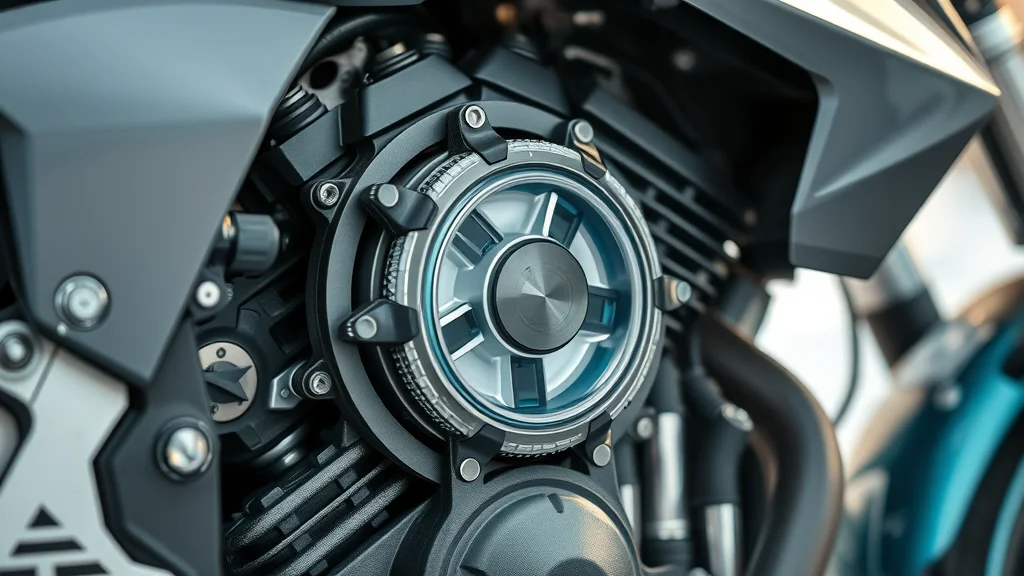
Coolant Change vs. Coolant Flush: What's the Difference?
A coolant change typically involves draining the old fluid from the cooling system and refilling it with fresh antifreeze, while a coolant flush goes several steps further. During a flush, the entire system is cleaned using a flush solution or distilled water to remove lingering debris and contaminants that can’t be eliminated by draining alone. Over time, these impurities can settle in hard-to-reach parts such as the water pump, radiator, and filler neck, causing blockages or wear. Flushing is especially critical if your coolant appears brown, has particulate buildup, or you’ve neglected service for a long time. By performing a flush, you restore your system’s peak efficiency, protect against corrosion, and ensure consistent cooling.
How Often to Schedule Motorcycle Antifreeze Service
Most bike manufacturers recommend a motorcycle antifreeze service every two years or every 24,000 miles—whichever comes first. However, your service interval may change if you regularly run the bike in extreme conditions, use the wrong coolant mix, or notice frequent changes in your coolant level. Riders should check the coolant at least every oil change, and before and after a long ride, to ensure there are no leaks or air bubbles in the system. If you notice a drop in the reservoir tank, or if the engine temperature fluctuates unexpectedly, it’s time for a checkup. Following your owner’s manual for interval recommendations and adjusting for your usage style is the surest path to engine longevity.
Coolant Flush: The Process and Its Importance in Motorcycle Antifreeze Service
“Regular coolant flushes can extend the life of your motorcycle’s engine and prevent costly repairs.”
A coolant flush doesn’t just refresh your coolant—it revitalizes your whole cooling system. The process begins by draining the old coolant and then cycling distilled water or a flush-specific solution through the system to clear out residue, corrosion, and possible clogs. This is crucial because buildup from old coolant can decrease heat transfer efficiency and cause overheating during both high and low operating temperatures. After a thorough flush, you’ll refill the system with the appropriate new coolant, ensuring all air bubbles are properly bled. This results in better protection against freezing, boiling, and rust, and supports optimal performance in all weather, especially through winter’s coldest months.
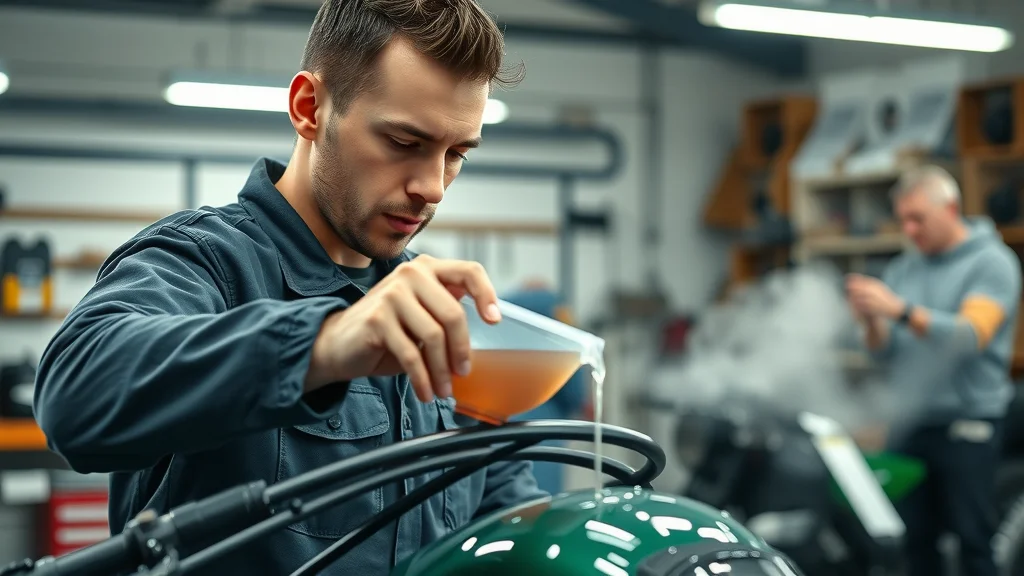
Symptoms That Indicate Your Motorcycle Needs a Coolant Flush
Watch for telltale signs that your system is overdue for a coolant flush. If you notice your engine temperature gauge creeping up, persistent overheating, or see colored stains near the radiator or coolant drain bolt, it’s time to take action. Pooled coolant beneath your bike or frequent top-ups are also red flags. A strong, sweet odor or visible rust particles in the coolant reservoir tank means contamination that could quickly deteriorate your engine’s health. Additionally, if your coolant appears milky, oily, or has visible sediment, or if the radiator fan kicks in too often, don’t delay a thorough flush. Addressing these symptoms now will help prevent extensive engine damage or the need for a costly overhaul down the road.
Motorcycle Coolant Types: Which Is Right for Your Ride?
Not all coolant types are created equal. The right choice for your bike can depend on its make, model, and how you ride. Ethylene glycol based coolants are most commonly used—affordable, widely available, and effective at regulating operating temperatures. However, they can be toxic and are best handled with caution. Propylene glycol based coolants offer a less toxic, more eco-friendly alternative, but at a higher price point. If you prefer simplicity, opt for pre-mixed motorcycle coolants, which save time and reduce the risk of improper mixing (never use just tap water—always use distilled water when mixing your own). Choosing the best coolant type means matching your bike's needs and your own maintenance habits for optimal performance and safety.
| Coolant Type | Pros | Cons | Best For |
|---|---|---|---|
| Ethylene Glycol Based | Widely available, affordable | Toxicity | Most motorcycles |
| Propylene Glycol Based | Less toxic, eco-friendly | Pricier, rarer | Eco-conscious riders |
| Pre-mixed Motorcycle Coolant | Ready to use, balanced | Cost per liter | Quick maintenance |
DIY vs. Professional Motorcycle Antifreeze Service: Which to Choose?
Deciding between do-it-yourself and professional motorcycle antifreeze service depends on your comfort with routine maintenance, available time, and access to the right tools. Tackling a coolant change at home can save money and provide satisfaction—if you’re detail-oriented and follow safety precautions. However, professional service offers expert inspection of related systems like the water pump, radiator cap, and hoses, which might not be checked during a typical DIY job. Mechanics have specialized tools and the experience to spot underlying problems, flush the system thoroughly, and bleed out stubborn air bubbles. For peace of mind and comprehensive care, especially if you’re prepping for a long trip or haven’t serviced your bike in a long time, turning to experts is a smart move.
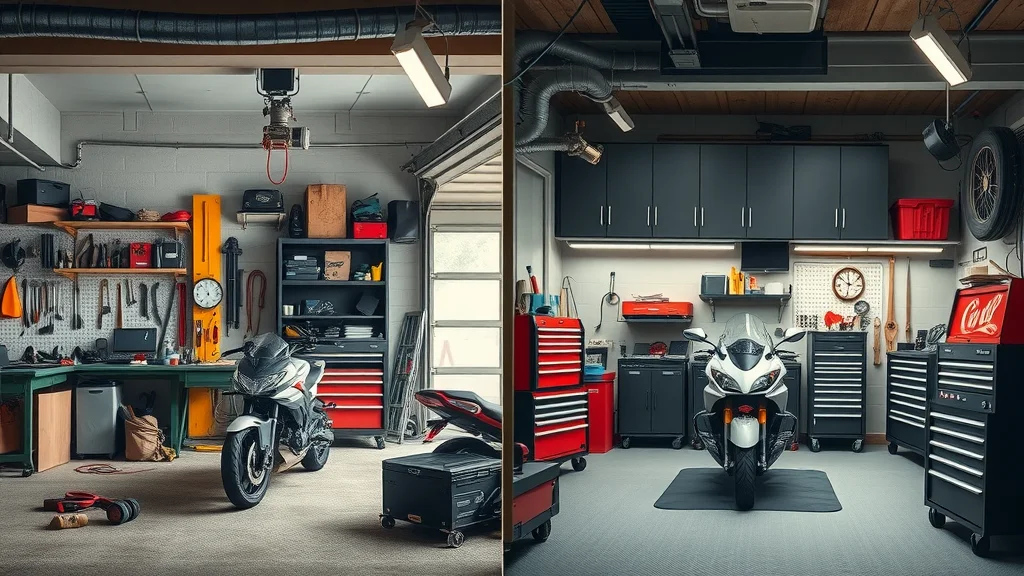
What Tools and Supplies Are Needed for a Motorcycle Coolant Change?
- Drain pan
- Coolant funnel
- Replacement antifreeze
- Protective gloves
- Rags/towels
Having the right tools on hand makes all the difference when performing a coolant change. A drain pan helps you collect old coolant without spillage (never re-use coolant), while a dedicated funnel and set of gloves help prevent contact with toxic substances. Rags or towels ensure any drips are caught before they hit your garage floor. Make sure you’re using the proper replacement antifreeze for your motorcycle and always dispose of old coolant in accordance with local regulations to protect the environment.
Step-by-Step Guide: Performing a Motorcycle Antifreeze Service
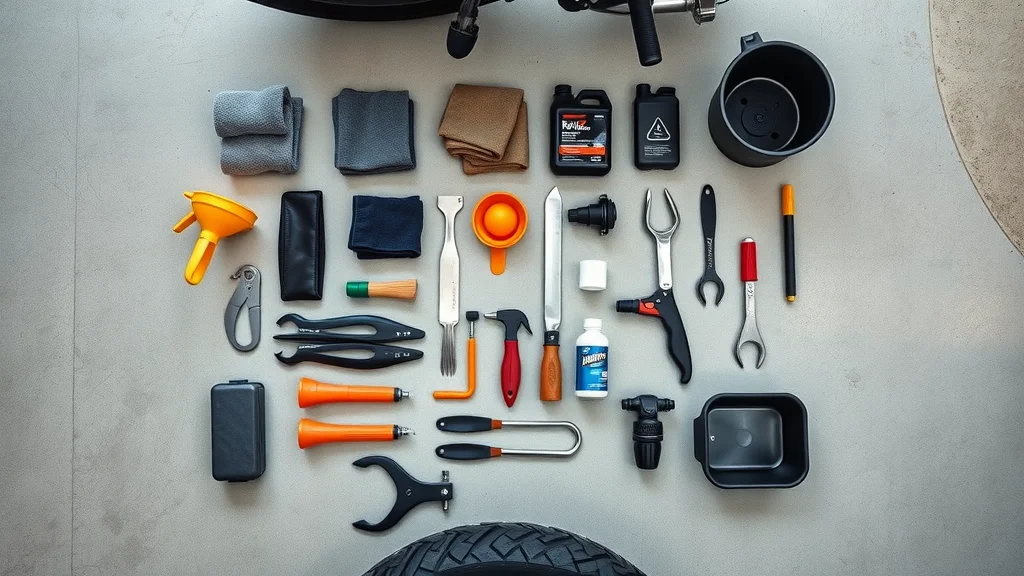
- Let engine cool and locate coolant reservoir: Begin with a fully cooled engine to avoid burns; find the reservoir tank, radiator cap, and coolant drain bolt/plug.
- Drain old coolant completely: Place the drain pan under the drain bolt or plug, unscrew it, and let the old coolant drain out fully. Remember to remove the radiator cap to allow smooth drainage.
- Flush cooling system as needed: Reinstall the drain plug, fill the system with distilled water, and run the bike until it reaches operating temperature. Drain this water to cleanse the system. Repeat if necessary until water runs clear.
- Refill with fresh, correct antifreeze: Use the correct mix of coolant—never just tap water. Pour it through the filler neck until the radiator is full, then top off the reservoir tank to proper coolant level.
- Bleed air from system and run engine: With the cap off, run the engine briefly to purge remaining air bubbles; top off as needed, then secure cap and check for leaks.
Top Motorcycle Antifreeze Service Mistakes and How to Avoid Them
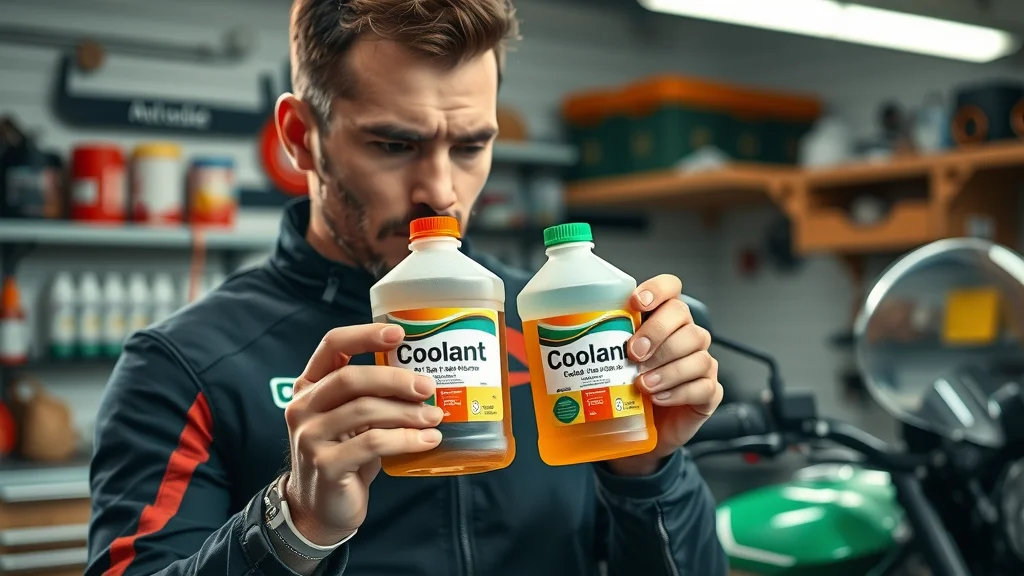
Rushing through your coolant change or coolant flush can lead to costly errors. Common mistakes include using the wrong coolant type for your motorcycle, forgetting to tightly secure the drain plug or drain bolt, using contaminated tools, or mixing tap water instead of recommended distilled water. Even experienced riders sometimes neglect to bleed out air bubbles from the system, which can cause overheating or erratic temperature readings. Always double-check your work, consult your owner’s manual, and ensure the cooling system is properly sealed and bled before hitting the road.
Risks of Using the Wrong Coolant Types
Selecting the improper coolant—or mixing different coolant types—can be disastrous for your motorcycle. Incompatible formulations can react, forming sludge that blocks critical cooling channels, damages the water pump, or compromises seals. Using tap water introduces minerals that corrode metal parts, scale up the system, and lower both boiling and freezing points. In worst cases, your bike could suffer from engine damage requiring expensive repairs. To avoid these risks, choose the coolant type designed specifically for your engine, and never mix brands or types unless approved by the manufacturer.
Check out our visual step-by-step guide to performing a thorough motorcycle antifreeze service, including proper draining, flushing, and refilling methods.
People Also Ask: Motorcycle Antifreeze Service Questions Answered
How often should motorcycle coolant be changed?
Most experts and manufacturers recommend changing your motorcycle coolant every two years or every 24,000 miles, whichever comes first. However, if you ride in harsh conditions, use your bike for a long time between services, or notice changes in coolant appearance, check your owner’s manual and consider more frequent changes. Regularly monitor the coolant level and color during oil changes for early warning signs of trouble.
Is a coolant flush worth the money?
Yes, a coolant flush is a valuable investment in your bike’s health. It removes contaminants that build up over time, clears rust, scale, and residue, and ensures your cooling system works at optimal efficiency. Skipping this maintenance can result in costly engine damage or performance issues, making a professional flush well worth the cost for peace of mind and long-term reliability.
Do I need to flush the coolant on my motorcycle?
If your coolant looks cloudy, rusty, or if you can’t remember your last service, it’s time for a flush. Most bikes benefit from a flush every few years, or any time the system has been contaminated, repaired, or run with the incorrect coolant. Flushing out old fluid and buildup helps the cooling system maintain consistent operating temperature and prevents overheating and freezing in extreme weather.
How often should antifreeze be serviced?
Antifreeze should be serviced at least every two years, with more frequent checks for high-mileage or high-performance motorcycles. Always check your manufacturer’s interval and inspect the coolant during oil changes or after long rides to catch any problems early. Prompt servicing ensures your engine is protected year-round.
See real-world examples of coolant service mistakes and learn the right techniques to avoid them on your next motorcycle antifreeze service.
Key Takeaways: Motorcycle Antifreeze Service Essentials

- Timely motorcycle antifreeze service prevents major engine issues.
- Know the right coolant type for your bike.
- Regular coolant flushes are an investment in your bike’s longevity.
Frequently Asked Questions About Motorcycle Antifreeze Service
-
What happens if I skip motorcycle antifreeze service?
Skipping service can lead to engine overheating, corrosion, and costly repairs due to improper cooling or freezing of coolant channels. -
Can I mix different coolant types in my motorcycle?
Mixing non-compatible coolant types can cause sludge formation, reduce performance, and risk engine damage. Always stick to your manufacturer’s recommended coolant. -
How do I safely dispose of old motorcycle coolant?
Do not pour old antifreeze down the drain or onto the ground. Use a sealed container and take it to a local automotive recycling center or hazardous waste disposal facility. Handle with care—antifreeze is toxic to people and animals.
Conclusion: Prepare Your Ride—Don’t Delay Motorcycle Antifreeze Service
Your best defense against cold weather engine issues is proactive care—make motorcycle antifreeze service part of your regular maintenance to ride worry-free, all winter long.
If you’re committed to keeping your motorcycle in peak condition, antifreeze service is just one piece of the puzzle. For a broader perspective on comprehensive motorcycle maintenance and how to prepare your bike for every season, explore our expert resources on year-round motorcycle care. You’ll discover advanced strategies, seasonal checklists, and insider tips that go beyond coolant changes—empowering you to ride with confidence, no matter what the road or weather brings. Take the next step in your maintenance journey and ensure your bike is always ready for adventure.
 Add Row
Add Row  Add
Add 
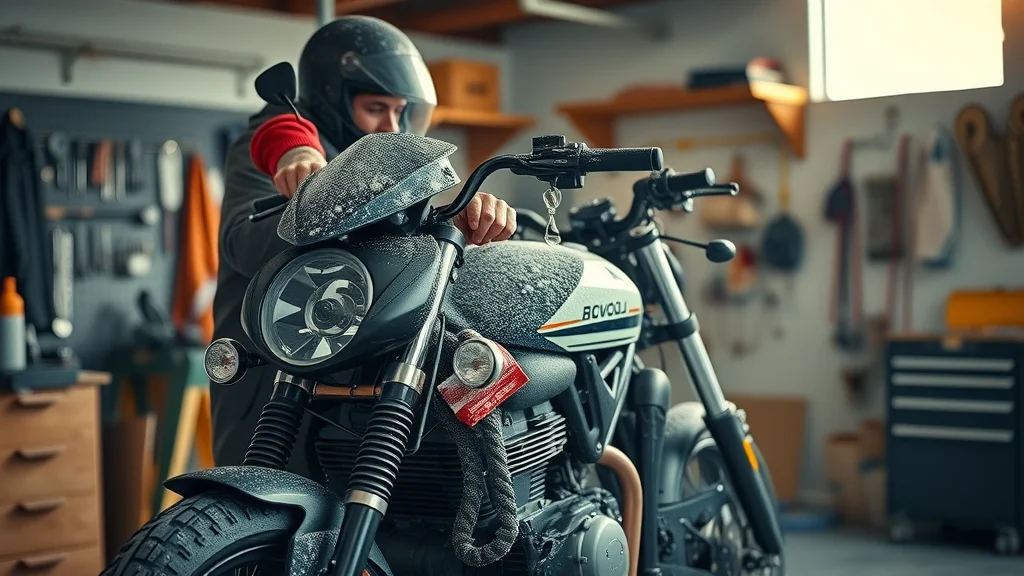
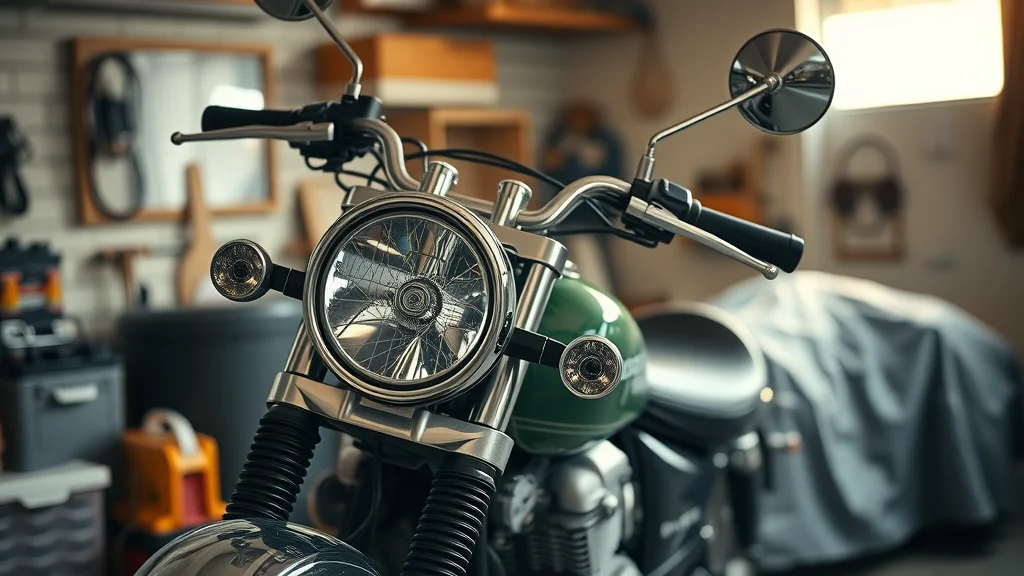

Write A Comment